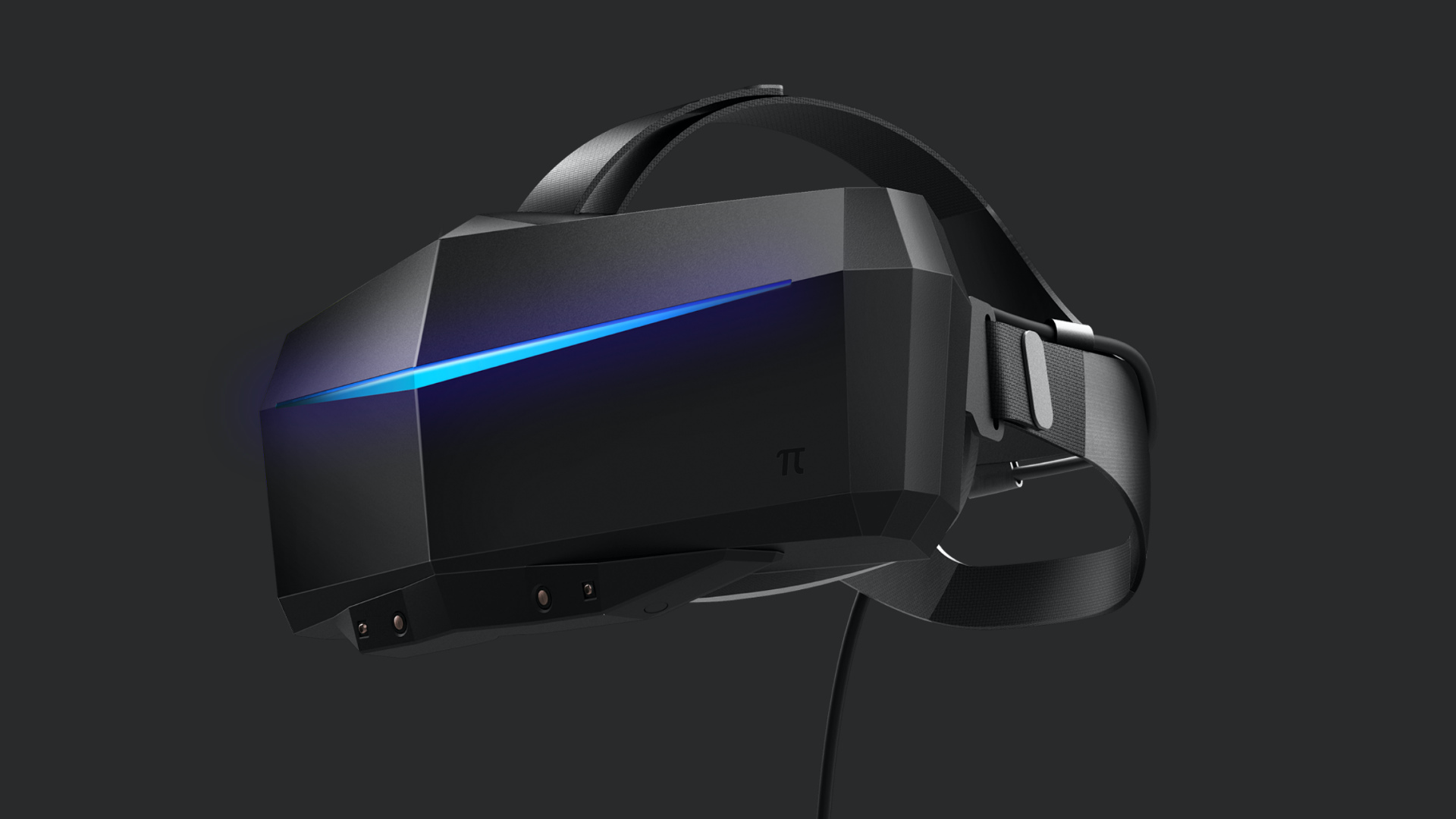Pimax has been on the high-end side of virtual reality for four years now, since the release of the Pimax 4K virtual reality headset. This headset was the only one from the company for a year, and that changed when a Kickstarter campaign raised $4.2 million to help create and develop the Pimax 8K. Since then, the company has been on its feet, making smart business moves left and right.
To add to their already-impressive resumé, Pimax has revealed plans for two new virtual reality headsets. Unlike most enterprise-focused VR companies, Pimax is venturing to the consumer side. This comes as a shock to many, but Pimax knows the market and clearly knows what there is room for in the VR consumer world. The new consumer headset will be called Pimax Artisan.
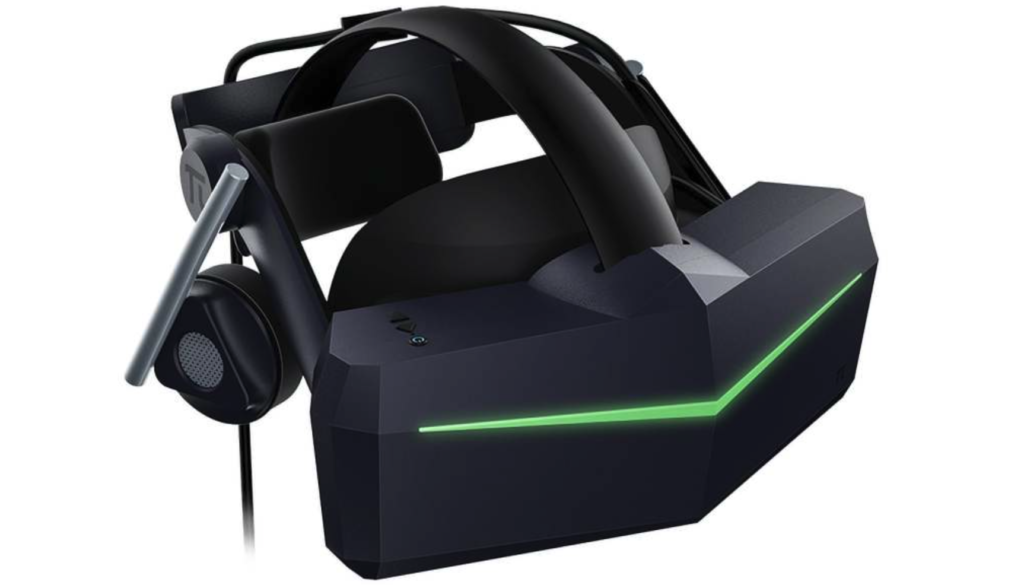
On the other side of business, Pimax is also releasing a new business VR headset. The business-focused headset, the Pimax 5K SUPER, is going to change the way competitors create virtual reality headsets. The 5K SUPER has specs that have yet to be seen in any VR headset, and gearing it towards business and enterprise consumers is the best way to go.
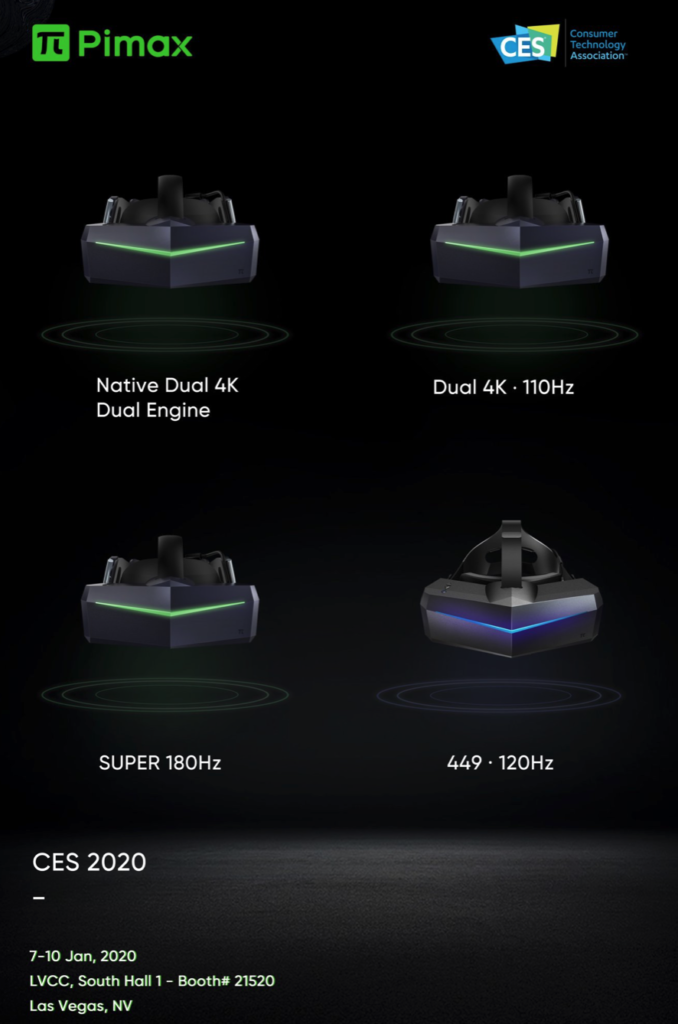
Below, we will be dissecting both of the new headsets. What their specs are, what the main uses will be, and most importantly, where we see them fitting in with the already-booming VR hardware industry. We’ll start with the consumer headset and finish with the business headset.
Pimax Artisan
Saying the Pimax Artisan is purely a consumer headset would be misleading, but it can perform all necessary tasks to be considered a consumer VR headset. The Artisan can also go above and beyond though, and it can perform a handful of the same tasks that a business needs to complete on a day to day basis.
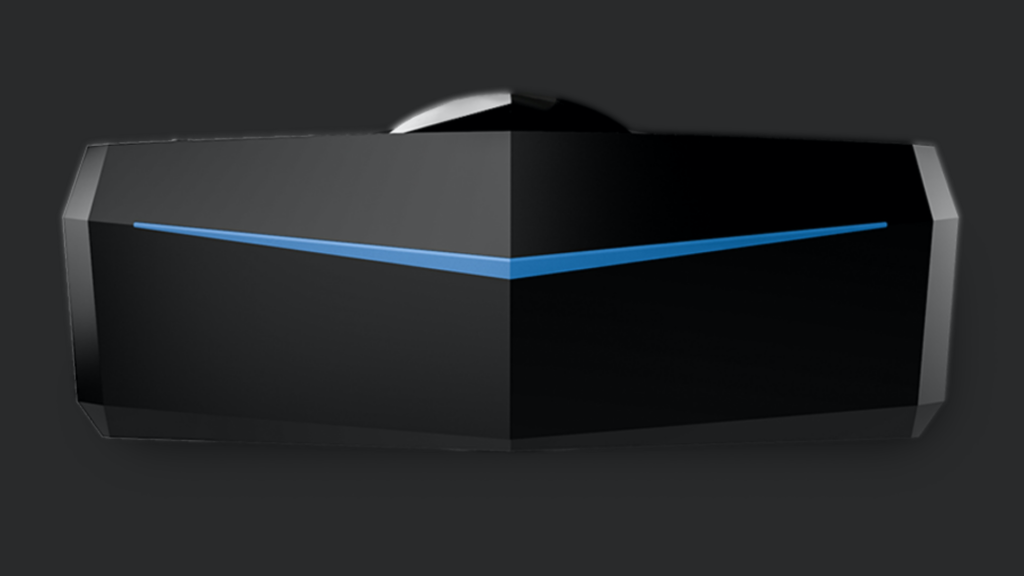
From designing a car interior to playing a quick game of Angry Birds, you are going to find a lot of uses for this headset. The display is clocking in at 1600×1440 per eye resolution, the refresh can be set at 72Hz, 90Hz, or 120Hz, and the field of view is an impressive 140°.
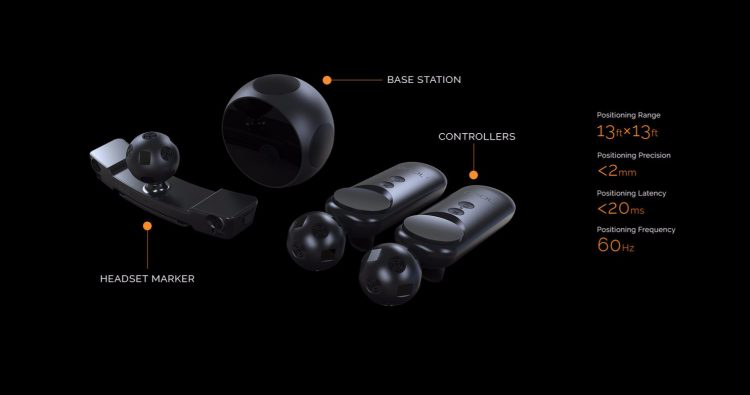
Pimax is on record saying that the minimum PC requirements are the same as running an Oculus Rift S. That would be a GTX 1050 Ti. This would likely mean your headset would run at 72Hz consistently.
Pricing and Tracking
There are controllers that you can purchase for the Artisan, and those are a part of the Nolo positional tracking system. That comes at a cost of $200, but the controllers and trackers can be used for nearly all VR headsets. It is also important to note that this tracking is very similar to PSVR tracking and uses a front-facing camera. It doesn’t have the same capacities as inside-out tracking or the SteamVR tracking.

The headset is also compatible with any SteamVR tracking hardware. That means the Valve Index controllers and SteamVR 2.0 Base Stations can be used with the Artisan. If you already have those, the headset itself is going to be the only purchase for $449, but if you are wanting Steam tracking with the Artisan, the entire setup will cost over $1,000. That is the same as the Valve Index.
Pimax 5K SUPER
The 5K SUPER has the hype of one of the best enterprise headsets, and it hasn’t even been revealed for over 24 hours. This headset is going to change the way people work. The only thing missing? Eye tracking with native foveated rendering. Other than that glaring non-feature, this headset is going to meet all of the needs of any business going forward.
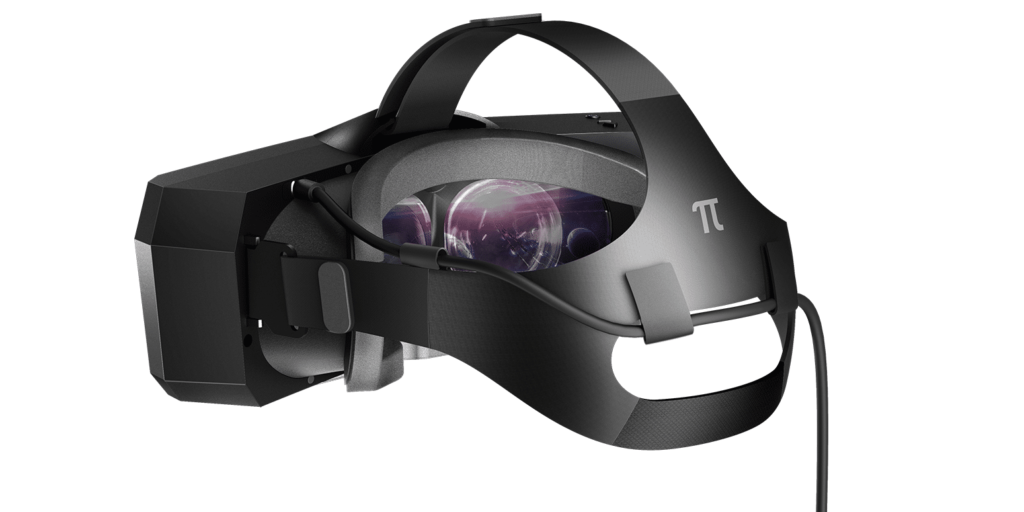
The resolution is an insane 1440p on LCD panels, it features a field of view of 170 degrees, and the refresh rate is an insane 180Hz. These are specs that are foreign to even the most experienced virtual reality users.
Pricing and Tracking
The tracking for this headset is going to be the same as the Artisan. If you have a Valve Index or an HTC Vive, you can use those controllers and base stations to track your new headset. If you are looking to buy those, there is a plethora of ways to gain access to that hardware. Pimax also is adding compatibility to the Nolo positional tracking for this headset.
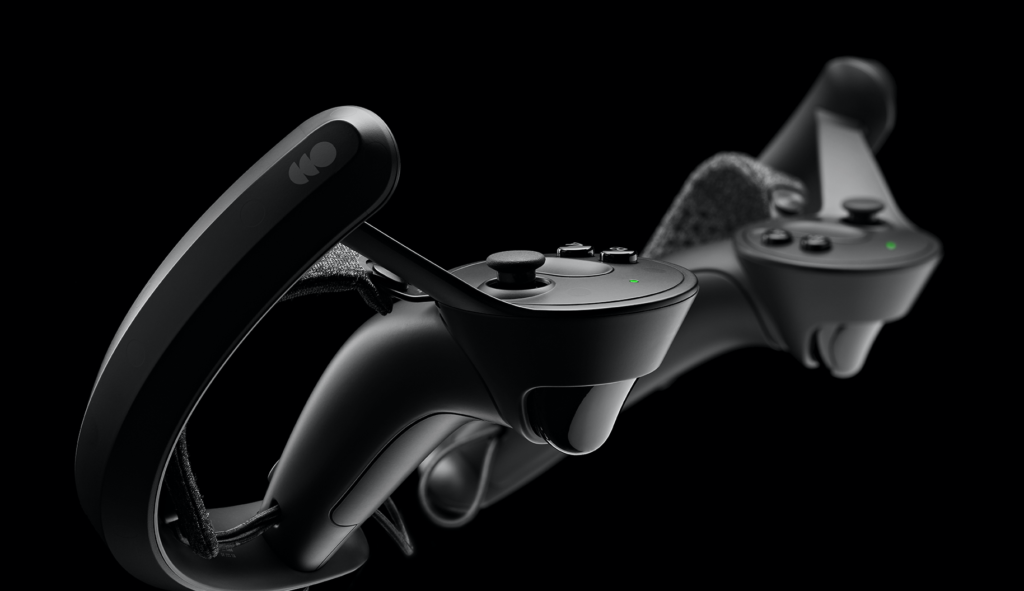
If you are needing to be perfect in your accuracy while inside of the headset, we recommend using the Valve controllers with the 2.0 tracking stations from SteamVR. The Nolo tech is comparable to the PlayStation virtual reality tracking, something that is far from perfect and doesn’t have the same power as SteamVR tracking.
As far as price goes, we have yet to get any real numbers from the company. Th Pimax 5K Plus is being sold for $699, so you can expect an increase. We would take a guess saying this headset will be near $1,000. For this advanced hardware, that is a price that many companies will act on going forward.






















